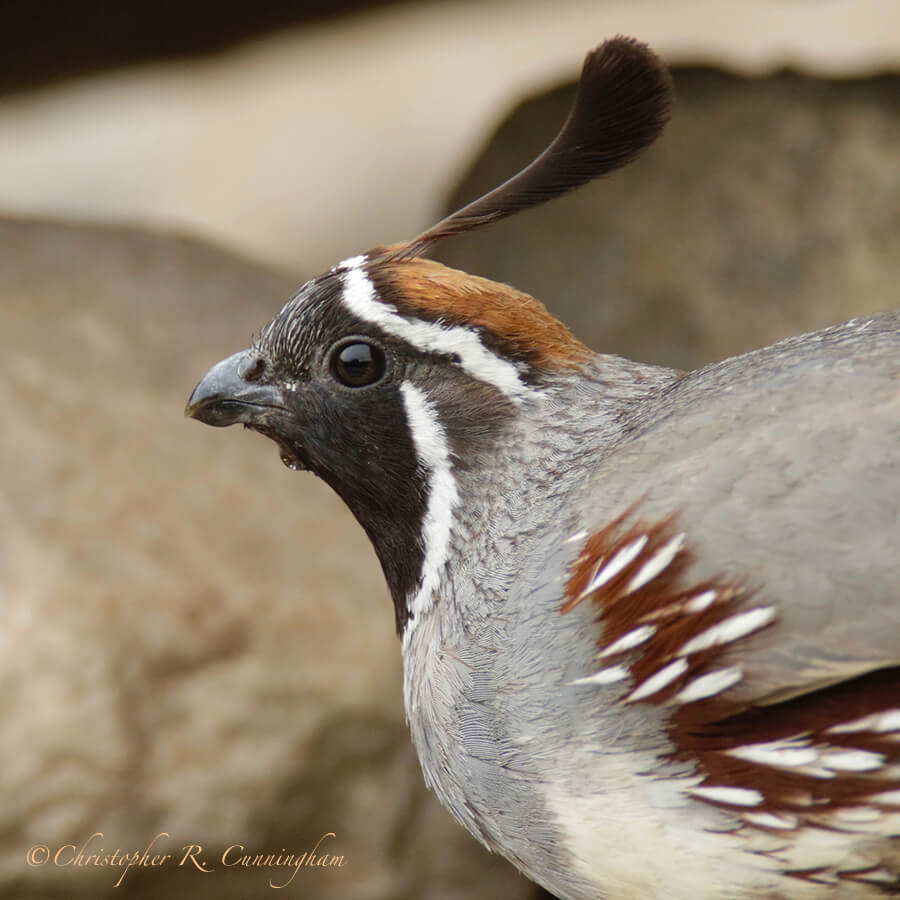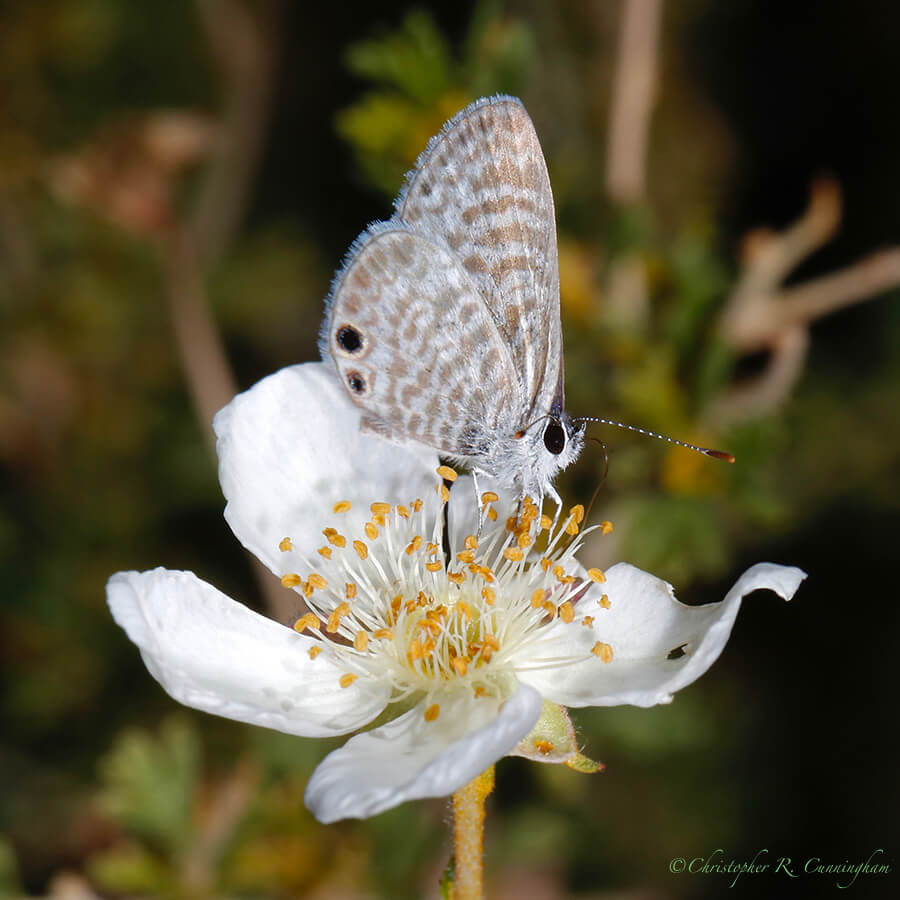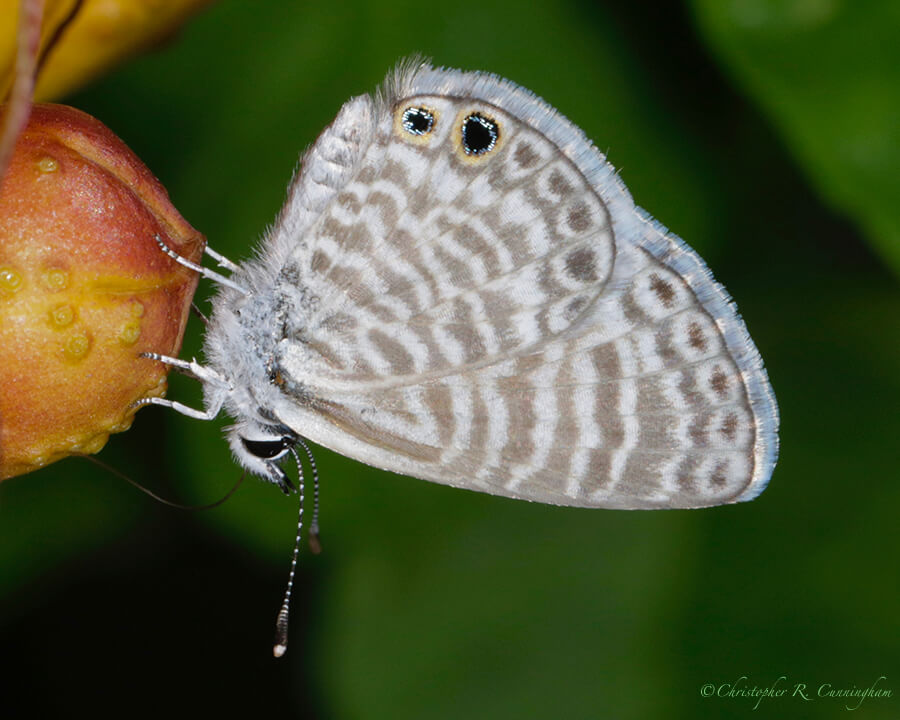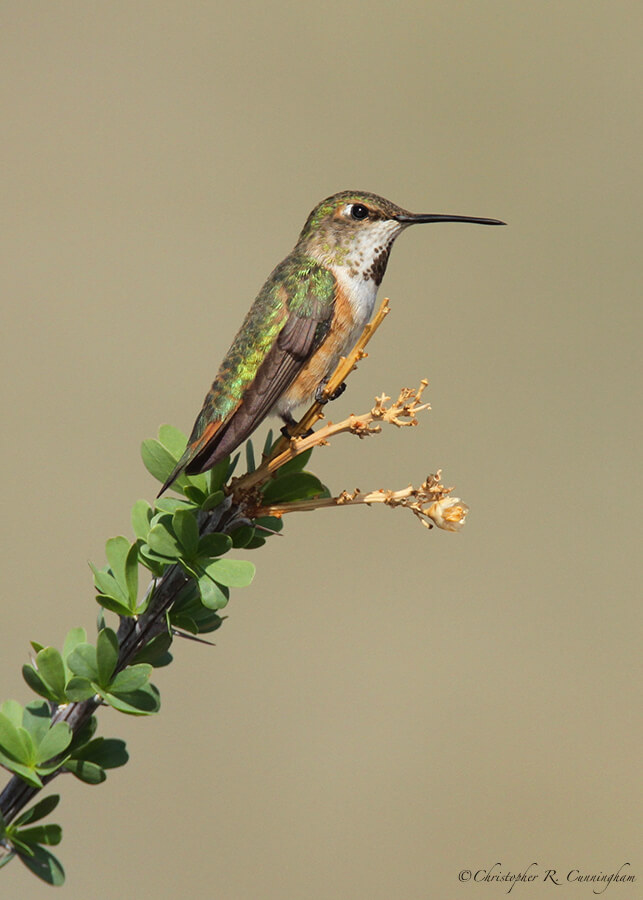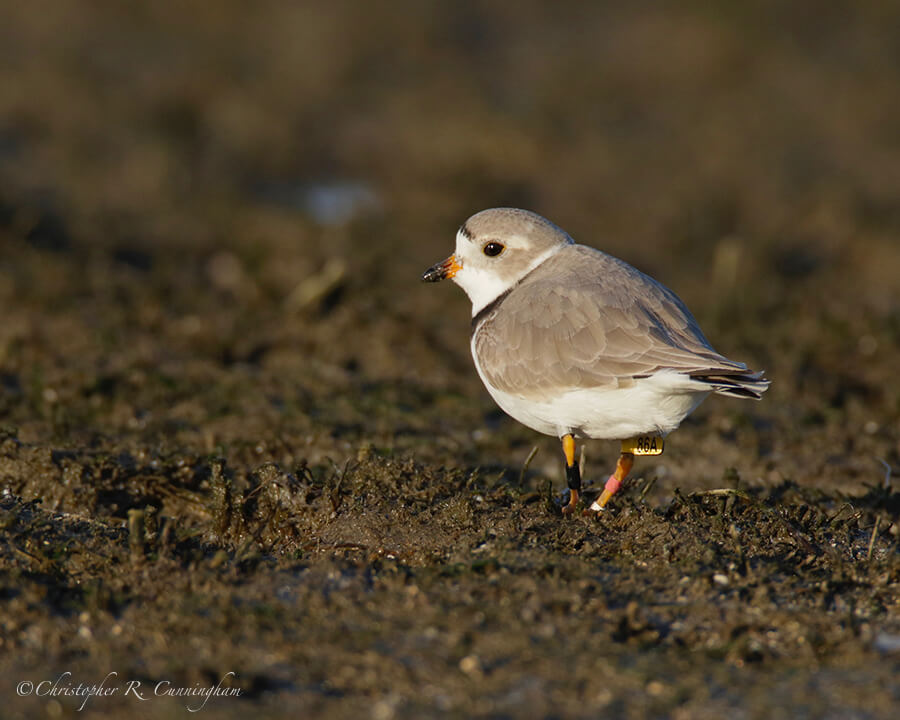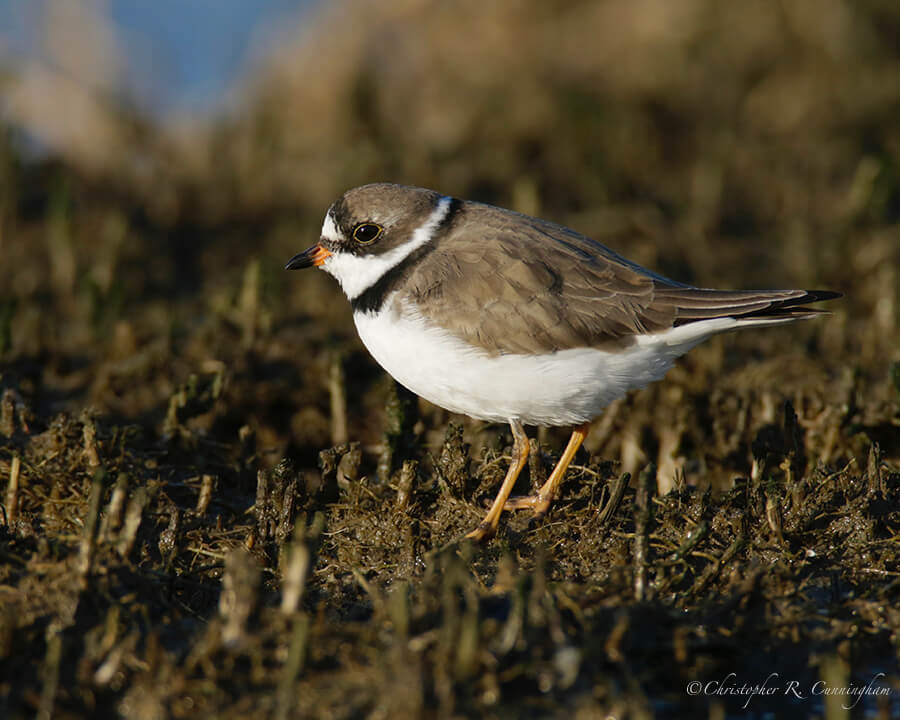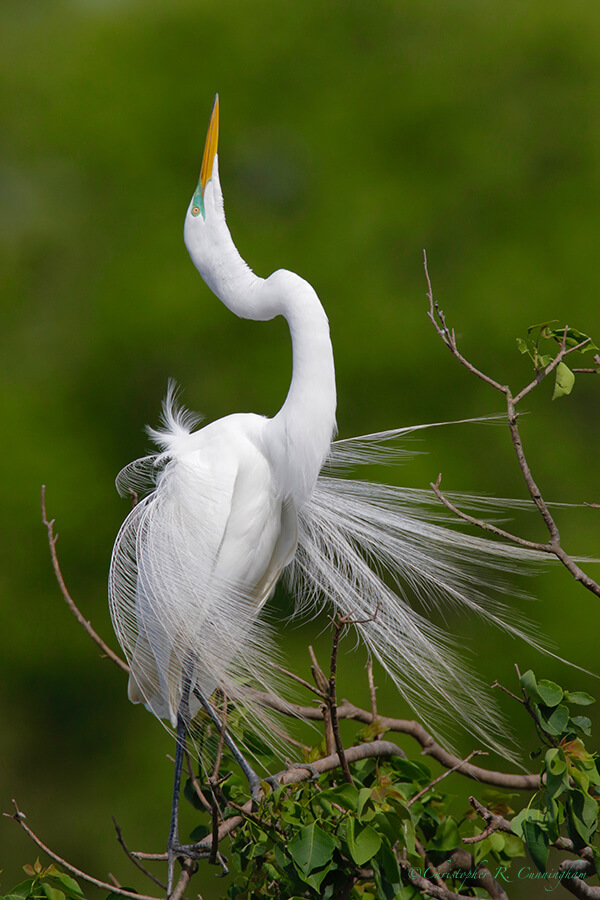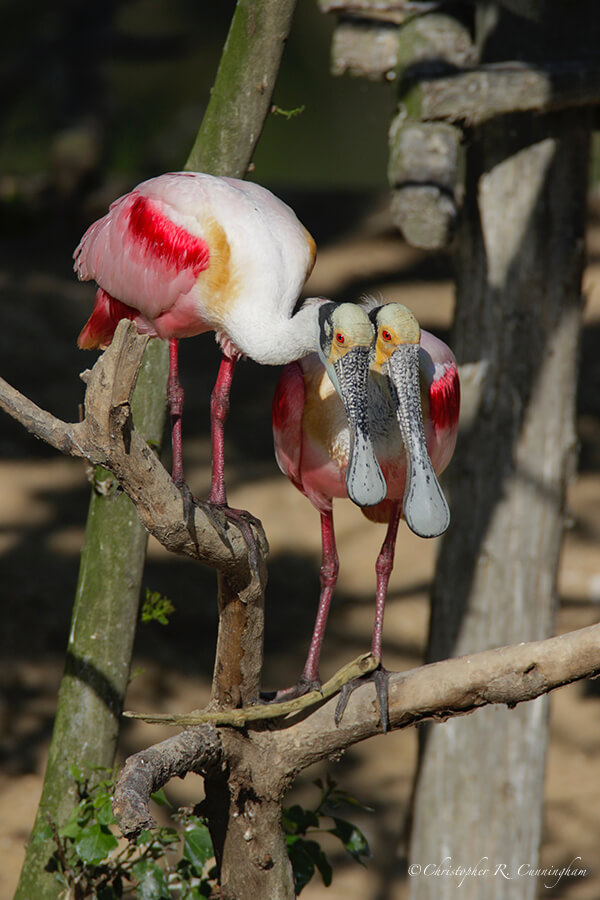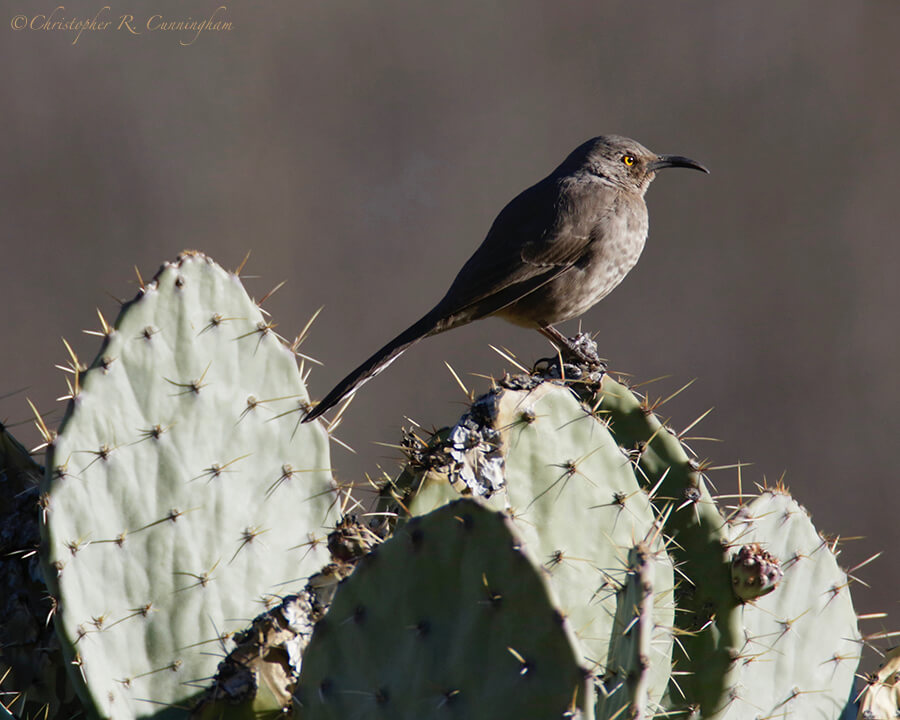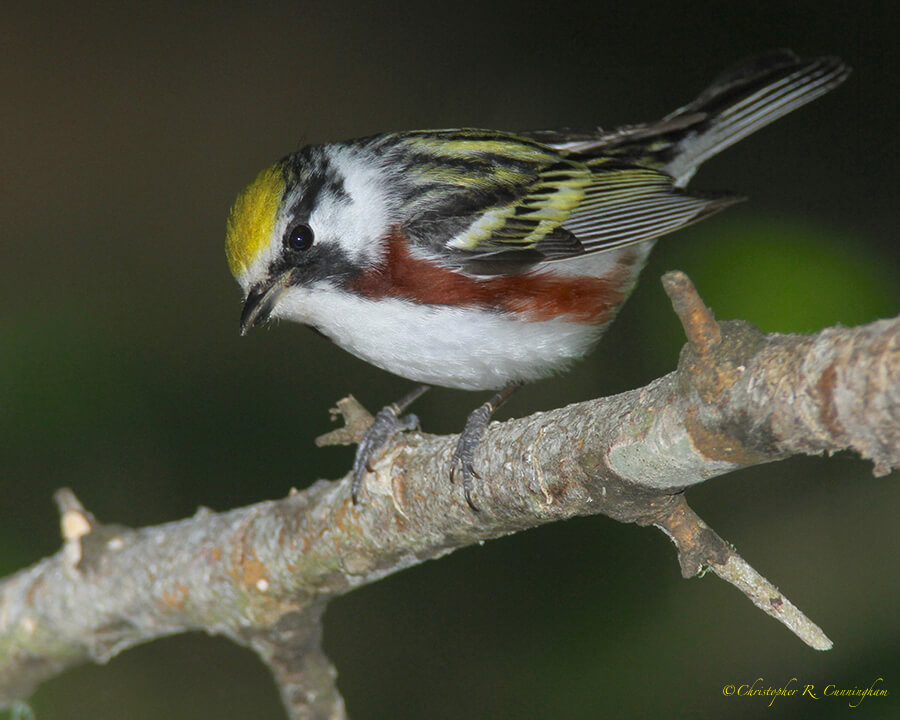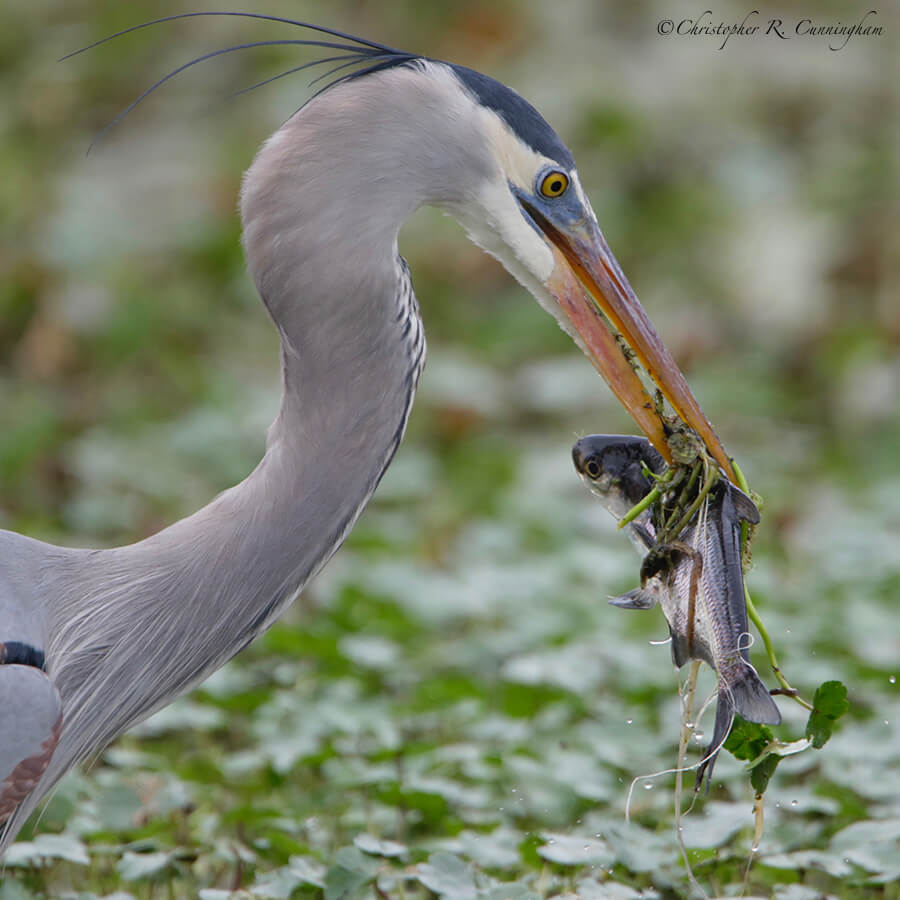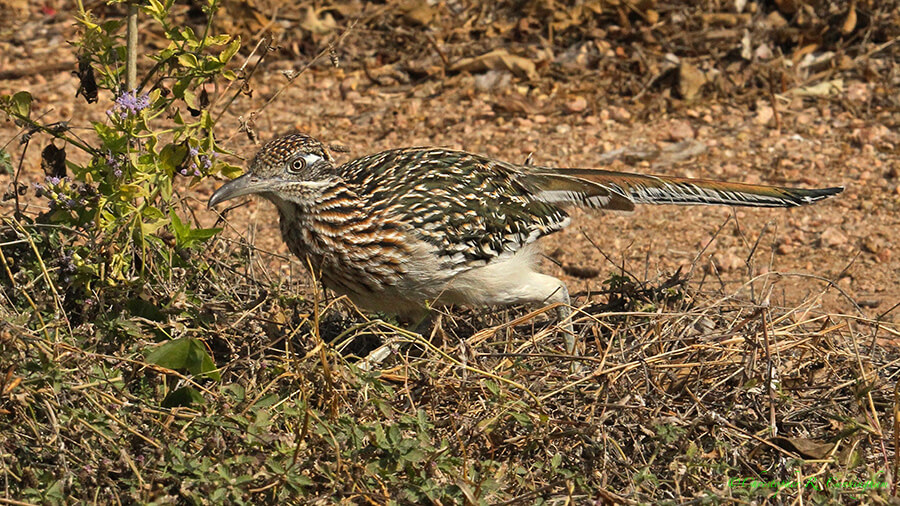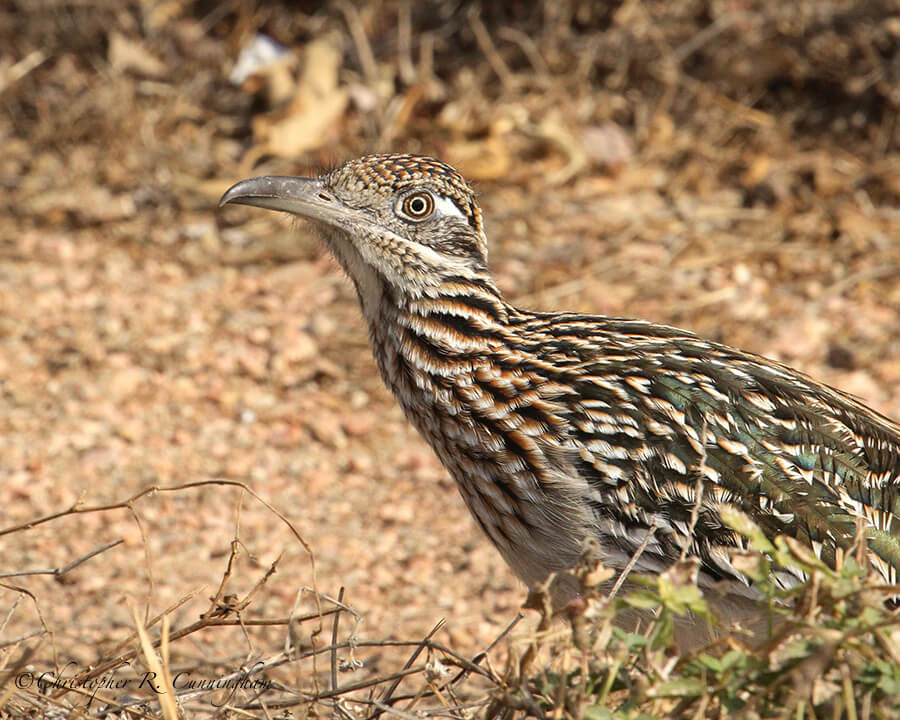What we call progress is the exchange of one nuisance for another nuisance.–Havelock Ellis

No matter where the birder-photographer finds him/herself, there are challenges. Hey, if it was easy, then everyone would do it, right?
After clearing lots of brush and scrutinizing the landscape, I am to the point now of putting out some seed and suet to see who will show up for a photo-op. Back in Houston, the biggest problem with bird feeders was mammals: fox and gray squirrels plus roof rats. Looks like the biggest problem with feeders in Portal is also going to be mammals: coatis and cliff chipmunks (and likely Coues deer, too–a small herd shows up several times a day to drink from our dripper).
White-nosed coatis are members of the raccoon family (Procyonidae). They range from southeast Arizona/southwest New Mexico to northern Columbia. They are diurnal and omnivorous and eat a wide variety of foods–but boy do they love black oil sunflower seeds and suet! These critters have little fear of humans and will eat you out of house and home! Cliff chipmunks are also Johnny-on-the-spot wherever, whenever food is available. You have to be on your guard to keep doors and windows closed, or unwelcome cliff chipmunks will invite themselves in!
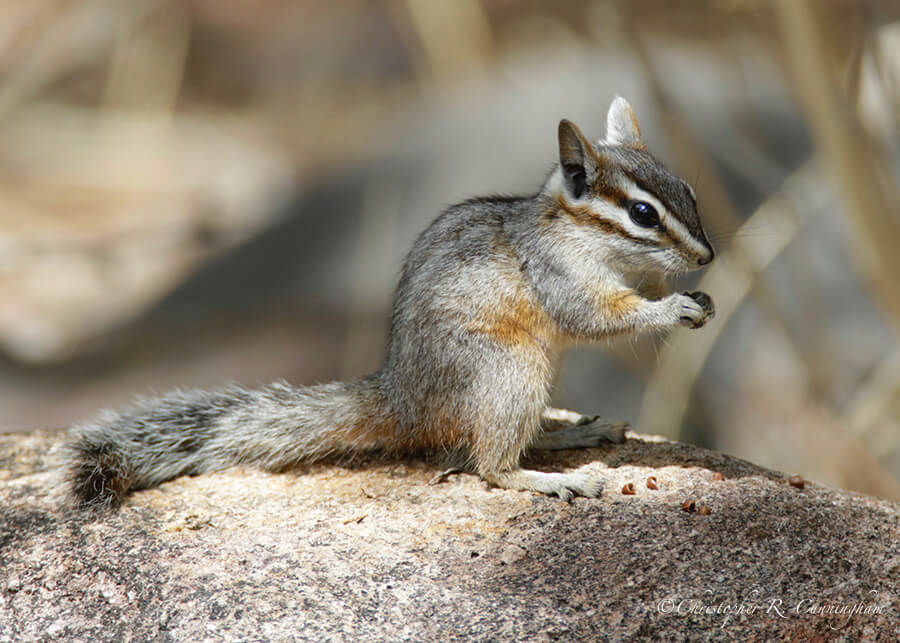
Of course, some mammals are always welcome, namely wild cats. We’ve seen two bobcats at the dripper: a gorgeous adult and a sub-adult with some remaining spotting (of course, a camera was nowhere to be found). Jaguarundis have been reported from our property (but never photographed in the entire state of Arizona), and several years ago a mountain lion spent some time lounging on our patio! It’s just a matter of time before we see some of these rarer or more secretive critters–although it may take a trail cam to capture images.
Black bears also live in the canyon, and have damaged some of our female juniper trees. They like to climb up and eat the berries, and in so doing they break off branches which dangle and turn brown. Bears can stay away as far as I’m concerned . . . .
Once the birds start to show up, the Mexican Jays are always first in the chow-line. There are lots of Titmice, Juniper and Bridled, as well as Black-headed and Blue Grosbeak, Towhees, woodpeckers, and many, many others around, too. Can’t wait to get the bit glass on them!
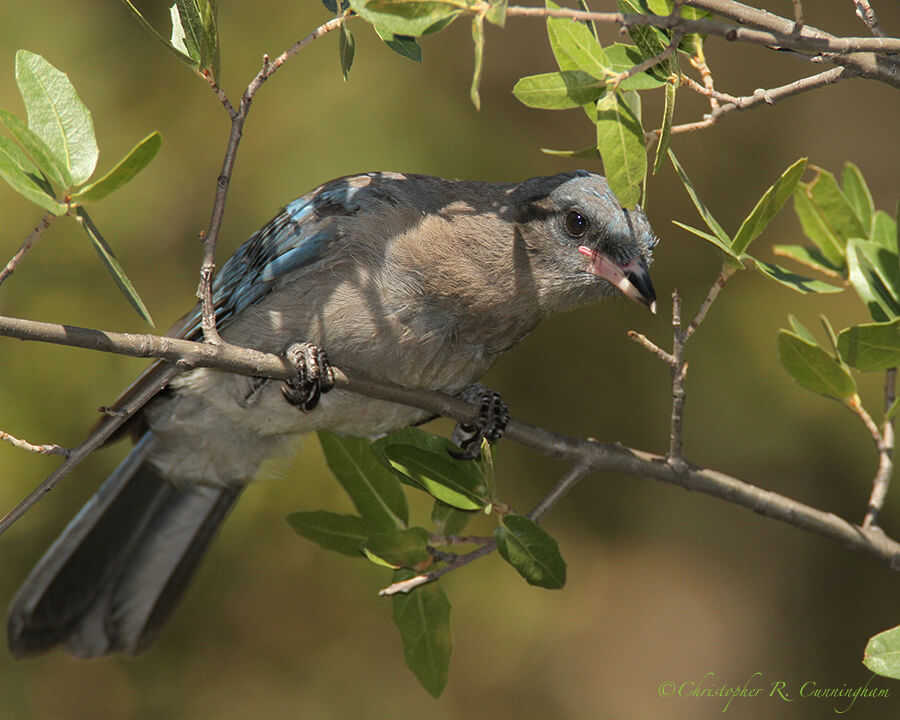
©2018 Christopher R. Cunningham. All rights reserved. No text or images may be duplicated or distributed without permission.
